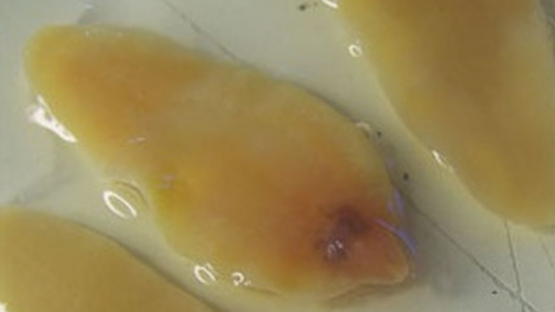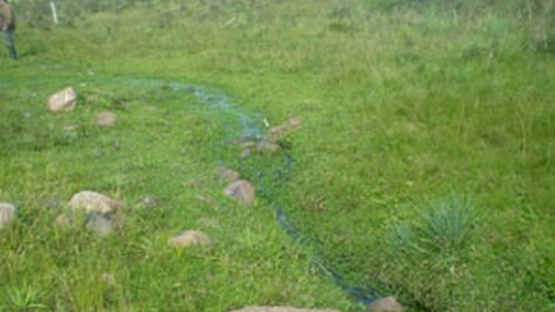The TC programme was wide-ranging in its approach. In addition to considering serological and parasitological methods, special emphasis was placed on the use of molecular techniques that gave a comparative advantage in investigating and understanding this disease‘s complex epidemiology. To define baseline information, a thorough bibliographical review was prepared by each of the participating countries. This information will soon be published and will contribute greatly to the general understanding of the disease and the real impact that Fasciolosis has in the region.
During their life-cycles, Fasciola hepatica requires a period of development in a snail intermediate host. More studies are still needed to identify the different species of snails that are possible vectors and their distribution in Latin America. Decades of morphological characterization with frequent misclassification has been obscuring the real picture of the pathogen’s snail vectors. The use of molecular tools for the genetic identification and characterization of snails has been one of the highlights of this project and many of the participating countries are already actively working with reference centres identifying the vectors and making efficient use of the knowledge and skills acquired during the TC programme.





